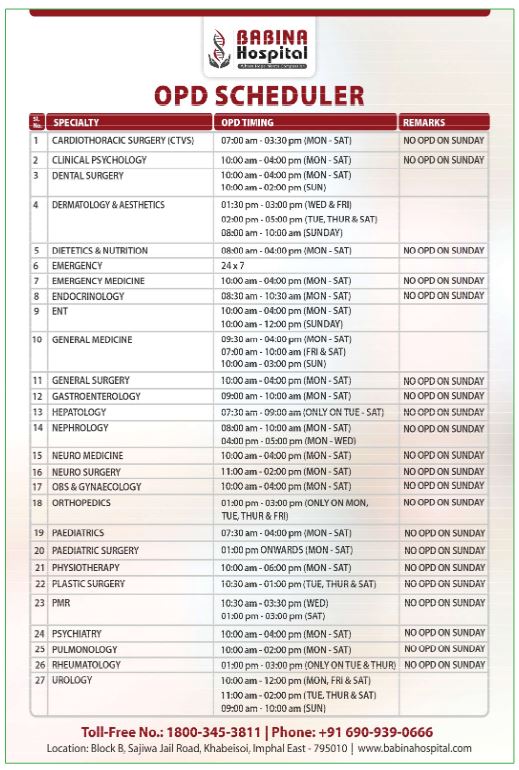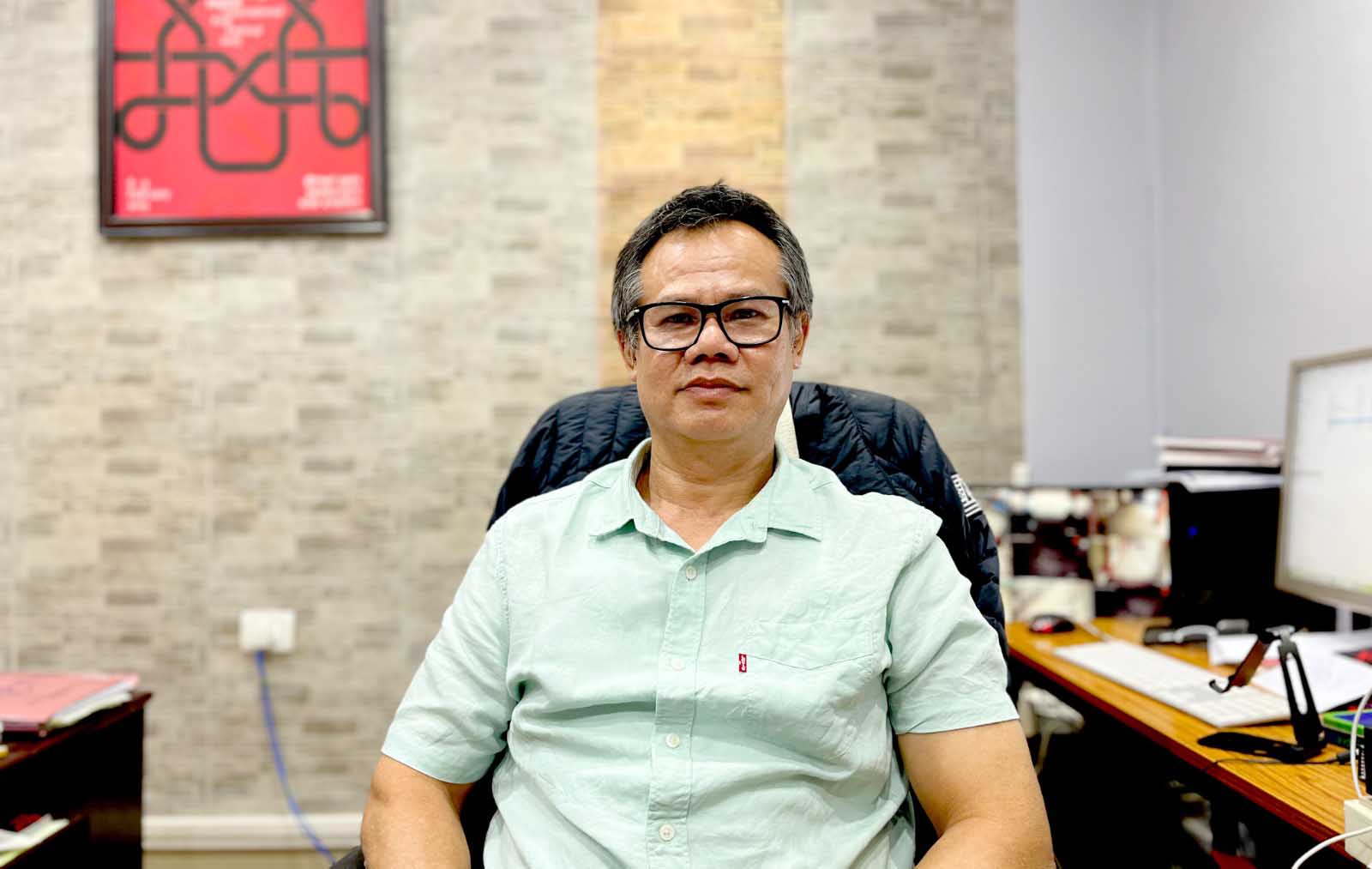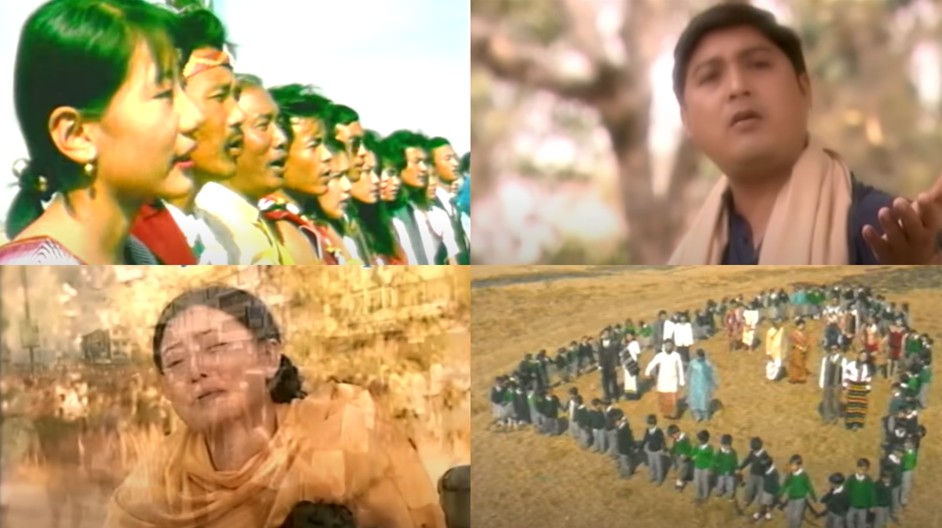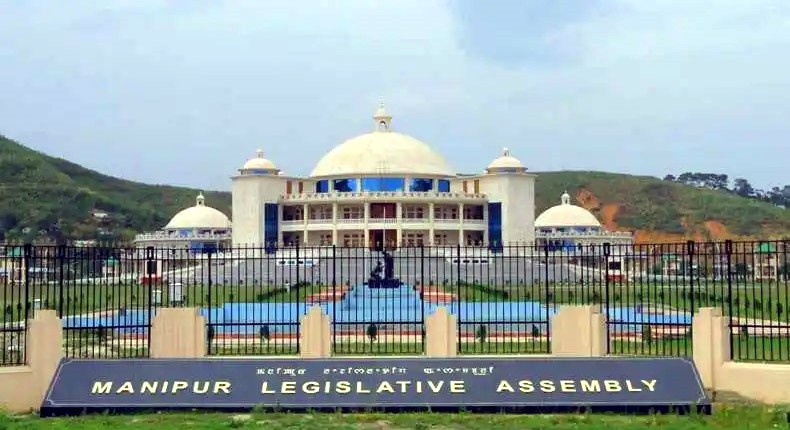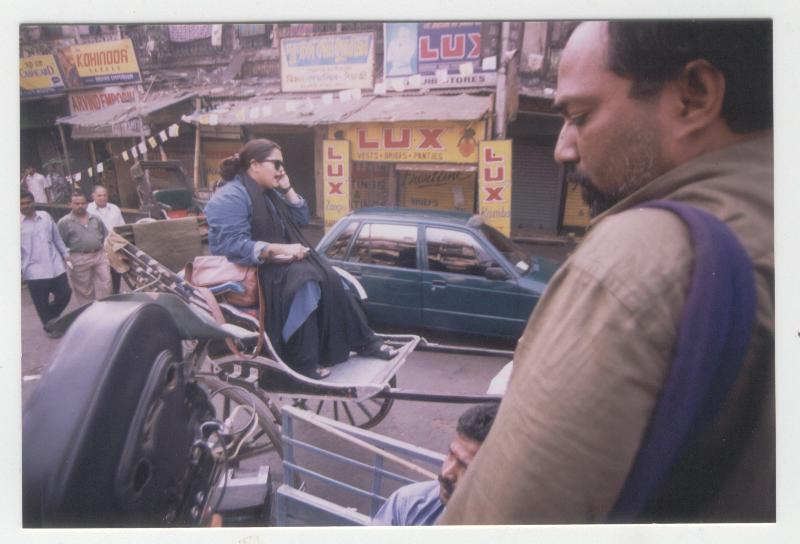Manipuri cinema marked its 53rd anniversary on April 9 2025. On April 9 1972, Manipuri cinema saw the release of the first full-length Manipuri feature film, Matamgi Manipur, directed by Debkumar Bose who recently passed away in October 2024. Matamgi Manipur was a black-and-white film that laid the foundation for Manipuri cinema. Films still continue to be made in Manipur, but the poignant question is does the film industry do enough to promote Manipuri cinema? This is a question worthy of asking each year.
Another point that needs to be considered is the important need for quality films to compete on world-class film festivals. This includes understanding both our weaknesses and strengths. To gain a position on where Manipuri cinema stands now and where it is heading, the Imphal Review of Arts and Politics (IRAP) engaged Sunzu Bachaspatimayum, Secretary of the Manipur State Film Development Society (MSFDS), in an exclusive interview.
Excerpts from the interview:
IRAP: Manipuri cinema began in 1972 with the release of the first full-length feature film, Matamgi Manipur. With the recent celebration of “Mami Numit” on April 9, 2025, Manipuri cinema has now completed 53 years. How would you describe the current state and direction of Manipuri cinema today?
Sunzu Bachaspatimayum: The Manipur State Film Development Society has been actively devising ways to promote Manipuri cinema, not only in terms of making films popular with the audience but also in producing quality and meaningful cinema. Recently, we organized the second edition of the Eikhoigi Imphal International Film Festival. I am very proud to say this festival is going to be a significant event in Southeast Asia, not only in India. In India, it has become one of its kind. We screened 52 significant films, covering world cinema, Northeast cinema, our own Manipuri cinema, and remastered versions of Manipuri classics.
Besides film screenings, we held robust industry events, masterclasses, cine talks, open forums, panel discussions, as well as pitching forums where both fiction and nonfiction films were pitched. The pitching forum also offered cash awards. We are working hard to promote and nurture new talent in storytelling. I am confident that the world will soon take notice of Manipuri cinema. In the next two to three years, we expect to see the impact of the five fantastic fiction screenplays we have developed. We also mentored and incubated eight documentary projects. These activities will surely contribute to the growth of Manipuri cinema.
IRAP: The recent Mami Numit celebration was held alongside the 4th Foundation Day of the SN Chand Cine Archive and Museum. How is the Manipur State Film Development Society using this occasion to preserve cinematic heritage and support emerging filmmakers?
Sunzu Bachaspatimayum: In terms of preserving our cinematic heritage, I believe that Manipuri cinema is leading the country among government-run institutes, especially in archiving. We have already made an impact by archiving and restoring one of the most significant films, Ishanou, which was screened at the Cannes Classics. This screening means a Manipuri film is now recognized globally as a world classic. We are also working on restoring Imagi Ningthem, a film that introduced Manipuri cinema to the world stage. We expect this project to perform well on the festival circuit.
Furthermore, we have increased incentive cash awards. The Manipur Government has instituted state awards, and the MSFDS gives out annual awards called the Manipur State Film Awards, modeled after the National Film Awards. This year, we increased the cash awards significantly. For example, the Best Fiction Feature Film award now carries a prize of two lakhs, up from one lakh. The Best Director (Fiction) award has increased from about sixty thousand to one lakh. The award for Best Director of Photography has also been increased to fifty thousand. In the non-fiction category, we have raised the amounts for cinematography and editing as well apart from others. These kinds of initiatives will definitely have a positive impact, and I am confident we will see more meaningful cinema emerging from Manipur.
IRAP: Manipur doesn’t have any institutions that provide full-fledged film courses like those offered by FTII or SRFTI. Do you have plans to fill that gap and empower young filmmakers to gain the necessary skills in filmmaking?
Sunzu Bachaspatimayum: This is the kind of area that the Manipur State Film and Television Institute (MSFTI) is mandated to address, in terms of film education and training our aspiring filmmakers to become skilled and produce good cinema. We are hoping that this institute will become fully functional once the recruitment of its staff is completed.
But besides that, the institute is already offering short courses, meaningful courses. Though they are not full-fledged, these short courses are making an impact right now. MSFDS is also collaborating with professional filmmakers and technical experts from across the country, as well as international personalities, to mentor our talents and share technical know-how.
We are conducting periodic technology familiarization sessions, hoping our institute will soon become fully operational. However, we are not waiting for that to happen. We are moving forward and trying to equip our filmmakers with skills and enhancement programs so they can start making films or pursue further training at institutions like SRFTI, FTII Pune, or even international film schools.
IRAP: These days, there are hundreds of film festivals that are not up to the mark, yet somehow they get the limelight. However, their films are not of a high enough standard. There are even festivals that sell awards. What do you suggest young filmmakers regarding such festivals, which may degrade their films?
Sunzu Bachaspatimayum: We are already running talent development schemes like Documentor and the Screenwriting Lab, and MSFTI is also offering meaningful short courses. People who have attended these courses will definitely understand what is trending internationally in terms of story selection and the universality of themes. These are the kinds of stories one should aim to pick up.
So, I think those who want to send their films to festivals should be careful about which festivals they choose. There are over a hundred and ten film festivals happening worldwide and nationally. Some of these festivals are probably not very reputable in terms of grade. There are A-grade and B-grade festivals. For example, if you make a human rights film, it’s important to choose the right festival suited for that kind of story. This will help ensure that your film reaches the right audience, receives proper acknowledgment or acclaim, and that you benefit financially as well.
Therefore, one should be careful when choosing festivals. While winning awards is certainly a confidence booster, the real question is whether you are making the right films and heading in the right direction. Festivals that are not up to the mark can’t tell you that, that judgment is yours to make.
IRAP: MSFDS is doing quite well in trying to produce quality films and nurture good filmmakers. However, there is also a need for a quality audience to encourage good films from talented filmmakers. Is society doing enough to nurture a quality audience?
Sunzu Bachaspatimayum: This is an area we really need to work on. MSFDS cannot do this alone; we need collaborations. To achieve this, we are partnering with the Television and Cine Foundation (TC Foundation) and Film Forum Manipur to help nurture this kind of audience. I’m happy to say that the TC Foundation has done a marvelous job in this regard. Initially, they took projectors and speakers to local clubs and screened films there. They didn’t just focus on feature films or mainstream fiction films, but also showcased documentaries and short films. These kinds of activities have gained a lot of traction.
However, the TC Foundation needs to do more and reactivate these kinds of initiatives to build an audience for this kind of cinema. This is the need of the hour. Everyone needs to come together, work out a plan, and screen films in local clubs so we can grow an audience for artistic, non-feature cinema.

